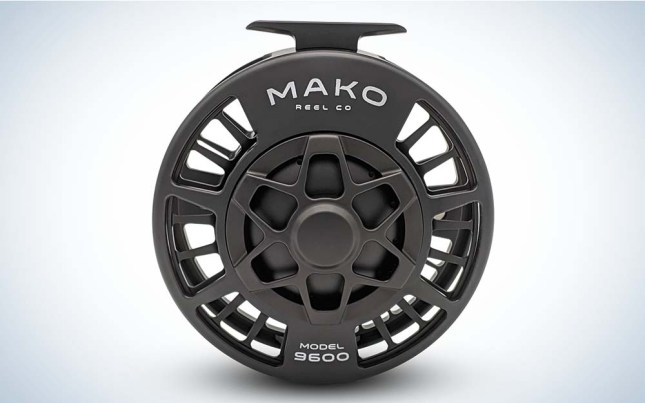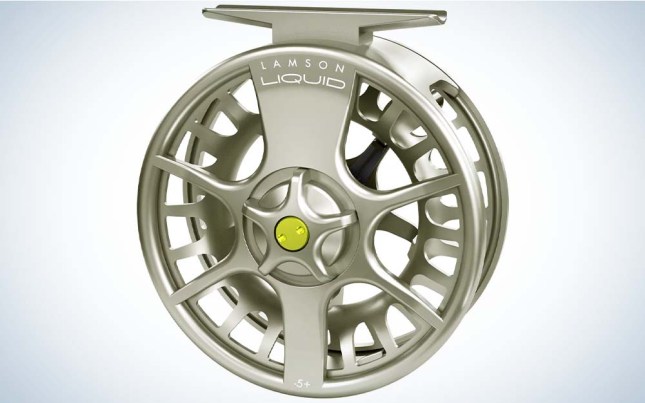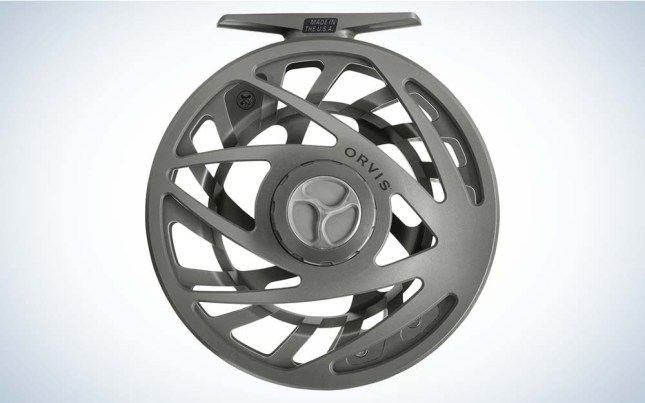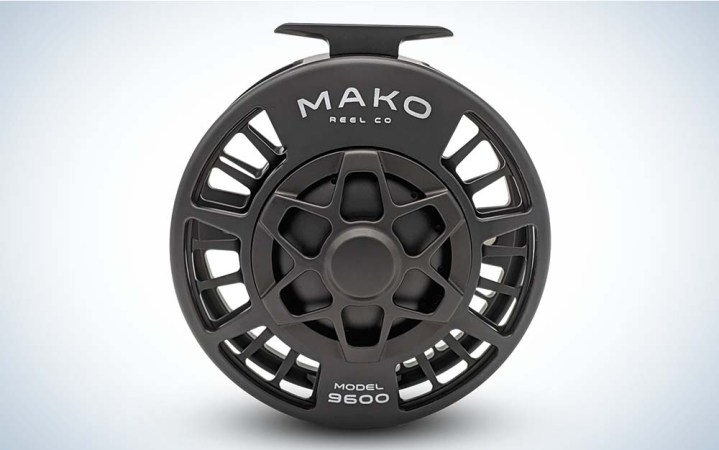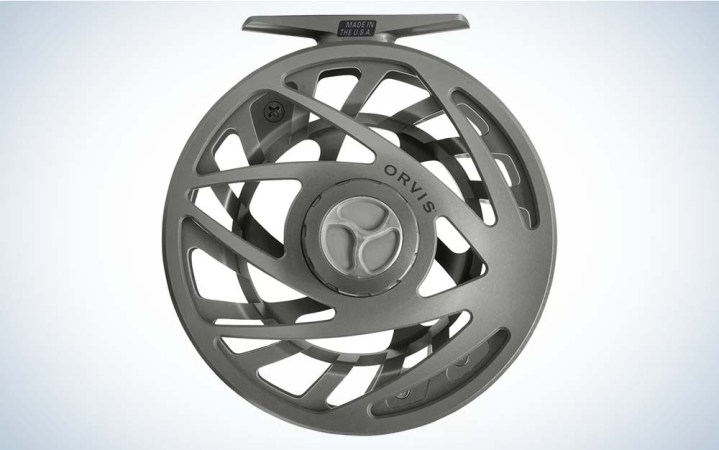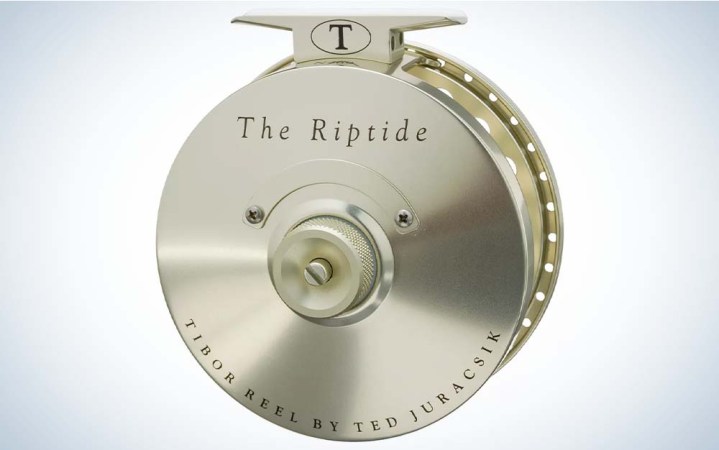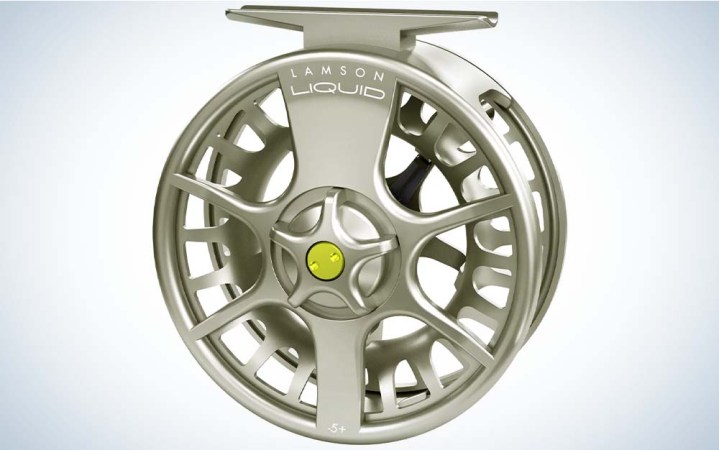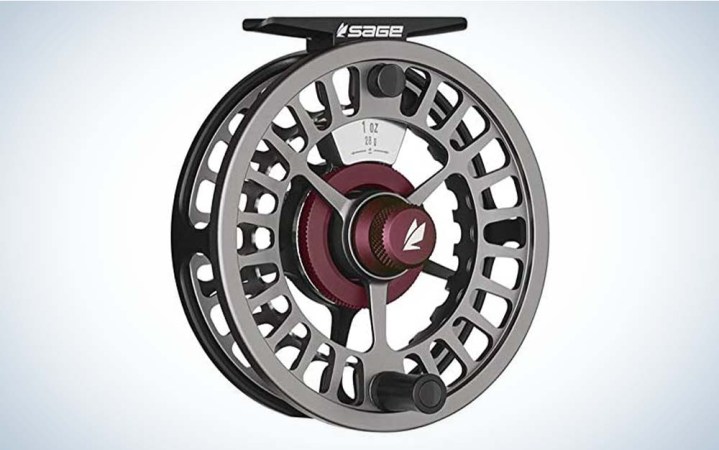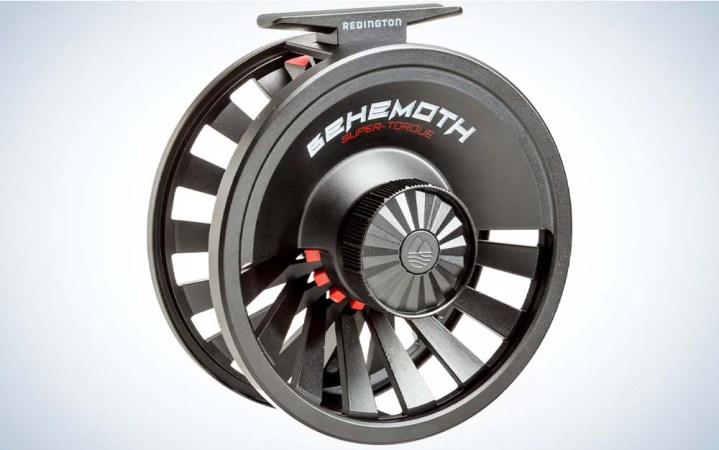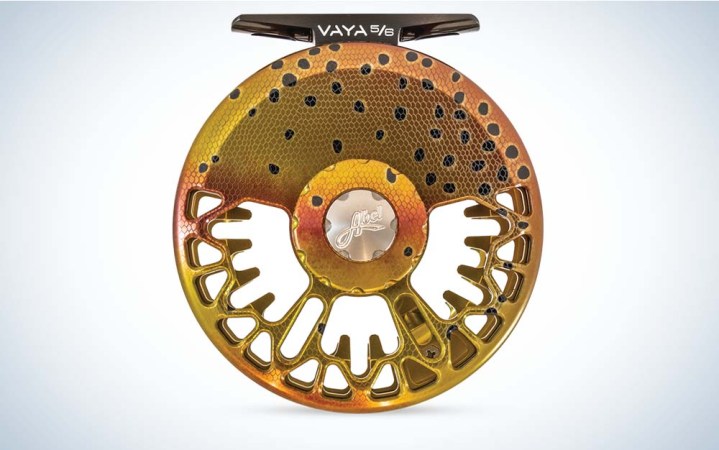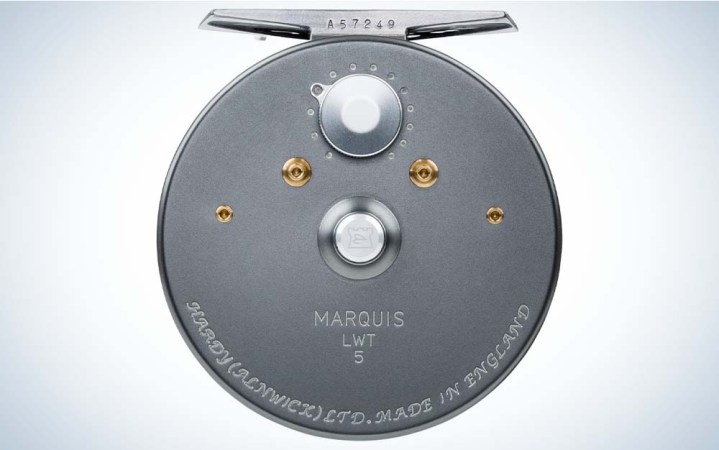We may earn revenue from the products available on this page and participate in affiliate programs. Learn More ›
When I first started fly fishing 40 years ago—for largemouth bass and trout—the prevailing attitude about fly reels was that they were the least important part of the fly fishing ensemble, nothing more than a tool to hold your fly line. As I evolved as a fly fisherman—branching out into the saltwater and fishing for bigger trout and bass—it became readily apparent that the old dogma was just plain wrong. Finding the best fly reel—one that is durable and has a good drag system—is absolutely essential to success during your time on the water.
It’s no coincidence that my evolution in thinking corresponded with huge technological advances in fly reels. In the past decades, fly reels have been manufactured with space age materials, adding to the durability, and the drag systems have become smoother, more reliable and much stronger.
- Best Overall: Mako 9600B
- Best Trout Reel: Orvis Mirage
- Best Saltwater Reel: Tibor Riptide
- Best Budget: Lamson Liquid
- Best Drag: Redington Behemoth
- Best Euro-nymphing: Sage ESN
- Best Looking: Abel Vaya
- Best Old School: Hardy Marquis LWT
It’s hard to go wrong these days when buying a fly reel. We’re in the golden age, for sure. But I’ve winnowed down a list of the fly reels that I use now or have tested in the past for all sorts of different fish to help you make an informed buying decision.
Best Fly Reels: Reviews and Recommendations
Best Fly Reel Overall: Mako 9600B
Key Features
- Carbon-fiber drag system
- 15.2 ounces
- Four different color options
Pros
- Smooth drag
- A drag lock, which means you’ll always know how much pressure you’re applying on a fish
Cons
- It’s among the priciest reels on the market
- Heavy for its category
Mako was originally founded by an aerospace engineer named Jack Charlton, a true pioneer in the fly reel world. The reel is made to last a few lifetimes. Its carbon-fiber drag system is a giant upgrade over the cork drags that are found in many reels—it’s smoother and sturdier. And the reel’s interior parts are completely sealed, so it needs only a quick rinse even after getting dunked in the saltwater.
The Mako is the preferred reel of some of the top tarpon anglers of today, like Nathaniel Linville and David Magnum, prized for its toughness, reliability and ability to fight big, hard-charging fish. The drag lock allows the angler to fight fish with confidence: Any given setting always exerts the same amount of drag pressure. The only drawback (besides its hefty price tag) is weight: The Mako is heavier by a few ounces than other reels in its category.
Best Fly Reel for Trout: Orvis Mirage II
Key Features
- 5.6 ounces
- Made of aluminum bar stock
- Two colors
Pros
- Huge arbor that picks up line faster than just about any reel in its class
- Durability
Cons
- Not the strongest drag
The Mirage II is a big part of the reason that the Manchester, Vermont-based Orvis Company has experienced a recent renaissance in reel-making. The Mirage’s weight is perfect—it balances your trout rod and feels great in your hand. The extra-large arbor enables you to reel in your line extremely quickly. You won’t always need to be able to do that when fishing for trout, but it can be a day-saver if you hook into a really big one.
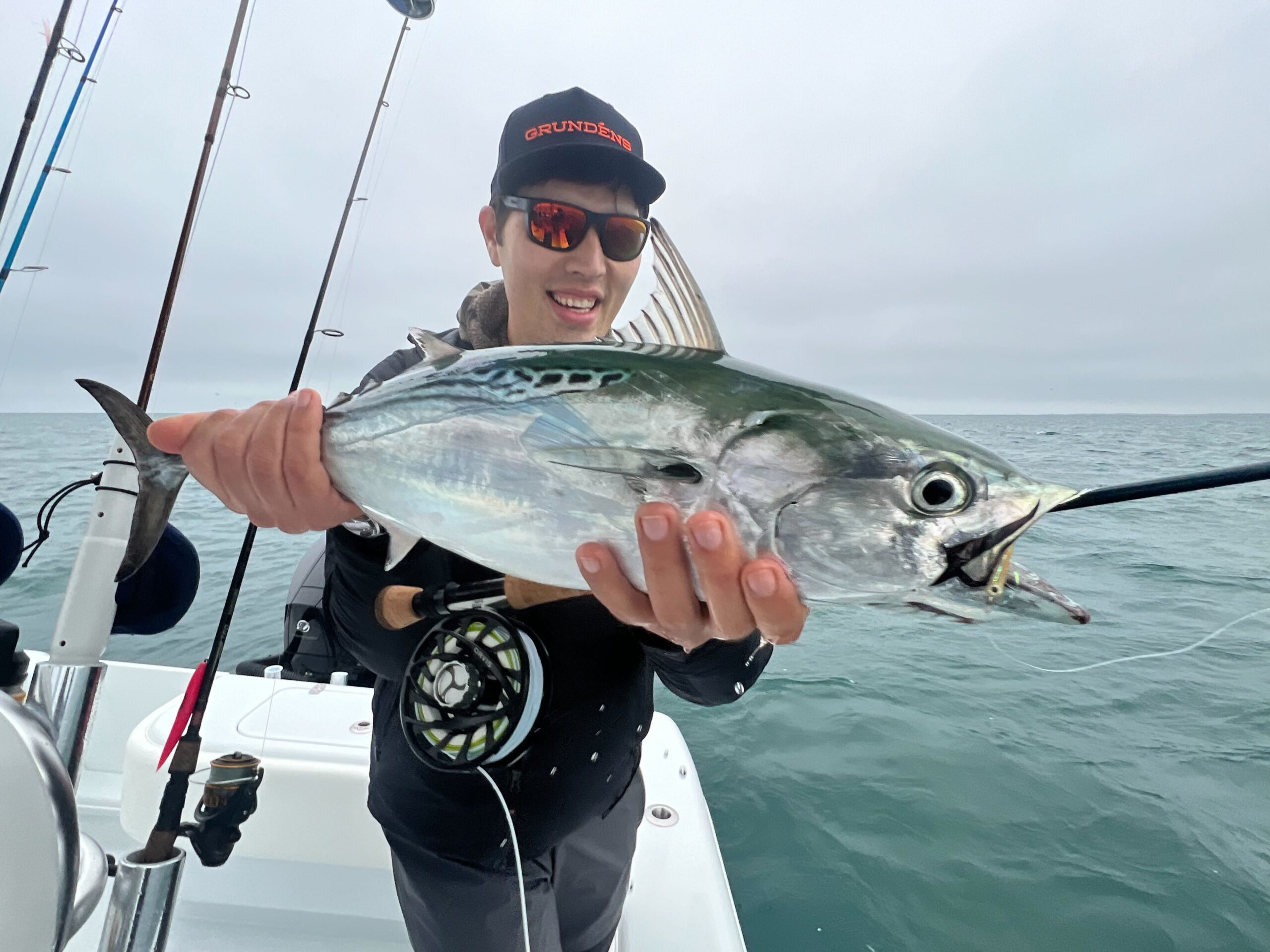
You’re going to bang around your reel while trout fishing, but the Mirage will hold up, both structurally and cosmetically, thanks to its aluminum bar stock body and anodized finish. One nice little thing the Mirage features is a rounded reel foot. Most reels have reel feet with edges, which can feel uncomfortable to the touch and produce kinks in your leader if you wrap it around the reel foot (as I do) when moving to a new bit of water. The rounded reel foot solves both of those problems.
Best Fly Reel for Saltwater: Tibor Riptide
Key Features
- 9 ounces
- All internal parts are sealed
- Many different color options
Pros
- Strong drag system
- Incredibly durable
- Low maintenance
Cons
- Arbor is smaller than other reels in its class
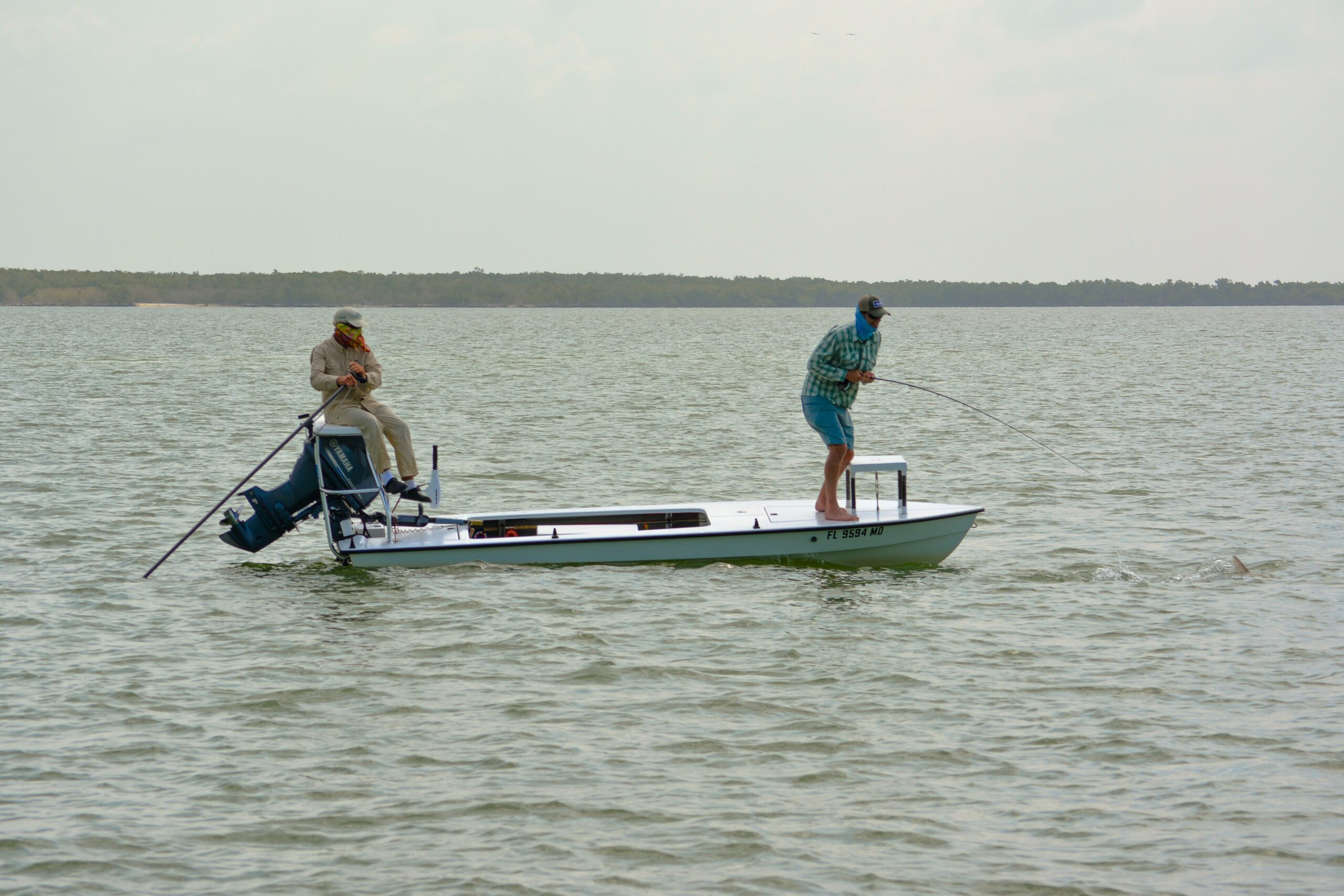
Tibor’s founder and owner is the Hungarian-born tool-and-die maker, Ted Juracsik. He’s the OG when it comes to well-built fly reels, having made his first in the early 1970s. Juracsik’s credo has long been “the most beautiful machines have the least moving parts.” His reels live up to it: They are simple and excellent.
I have fished my Riptide for more than 20 years now for a wide variety of different species, including striped bass, snook, permit, bonefish, tarpon and Atlantic salmon. I have enjoyed every minute I’ve used the reel. It’s tough as nails, has a great drag and is nearly maintenance-free (after fishing in the salt, a quick rinse with freshwater is a good idea). Some anglers may prefer the super large arbors on some of the more modern reels, but I’ve never had a problem retrieving line quickly with my Tibor.
Best Budget: Lamson Liquid
Key Features
- 4.65 ounces (in 5-weight)
- Two colors
Pros
- Excellent drag system
- Inexpensive
Cons
- Not great in saltwater
- Can get banged up cosmetically
I bought my first Lamson Liquid reel many years ago as a backup for my salmon-fishing outfit. Over the years, I’ve found myself using it almost as much as I do the first team reel. The Liquid, which comes in 3-through-9-weights, is die-cast and not machined like most high-end reels, which is why the price is so low (it’s cheaper to manufacture that way).
But you don’t lose much in performance here, or even in durability, though I have found that the reel is easily nicked-up cosmetically. The drag system is the same one that Lamson uses in some of its high-end reels, so nothing is compromised there. The only real drawback is that I’ve had trouble in the saltwater with this reel—machined bar stock reels tend to hold up better in that hostile environment. But for your freshwater needs? An excellent backup, or even primary, reel, especially for those new to the sport.
Best for European Nymphing: Sage ESN
Key Features
- 4.9 ounces
- One-size-fits-all (2-5 weights)
- Two colors
Pros
- A larger-than-usual arbor so you can get a fish on the reel as fast as possible
- A full frame so you won’t get your line or leader stuck in the reel
- Three weights included (.5 ounces, 1 ounce and 1.5 ounces) so you can balance the reel to your rod
Cons
- A highly-specialized, one-trick-pony reel. You wouldn’t want to use it for anything but European nymphing.
European nymphing for trout has exploded in popularity in recent years, primarily because, when done right, it can be a deadly tactic for catching them. Part of doing it right is having the correct equipment, and the ESN is the best reel I’ve found for European nymphing. It has an extra large arbor, which allows you to easily get the slack out of your line and get the fish on the reel quickly.
The full frame construction of the reel (basically, no gaps) is essential—your leader and the thinner lines used in the discipline can easily slip through any gaps in your reel and foul up your day. And the easy-to-install weights that come with the rod allow you to balance out your reel to your rod, whether you’re using a 2-,3-,4-, or 5-weight. Though the ESN should not be used for conventional fly fishing, it’s the only one you’ll need for European nymphing.
Best Fly Reel for Drag Strength: Redington Behemoth
Key Features
- 10.8 ounces (in 8-weight)
- Carbon-fiber drag system
- Five colors
Pros
- Extremely strong drag (16 pounds in the 8-weight; 30 pounds in the 12-weight)
- Very affordable
Cons
- The drag is not sealed, which means it needs maintenance
The Behemoth’s carbon-fiber drag system is super strong. You won’t need its strength for a largemouth bass or most trout. But if you fish for hard-charging species that need to be stopped—say, snook who lurk near mangroves or giant trevally anywhere—this reel is an excellent option. The great thing about the drag is that it’s smooth, as well. You won’t lose any fish because of any hitches as the line leaves the reel.
The Behemoth just looks tough, too, beefy and solid. And it is, in fact, very sturdy, even though it is die-cast and not machined. Its one drawback is its weight: A 10.8-ounce 8-weight reel is a lot to handle.
Read Next: Best Saltwater Fly Reels
Best for Aesthetics: Abel Vaya
Key Features
- 5.45 ounces (in 5/6 weight)
- Dual-pawl drag system
- More than 80 different color/design options
Pros
- Lightweight
- Priced reasonably for its performance if you don’t spring for a specialized design
Cons
- The designs—some of which are quite unconventional—may not appeal to some traditionalists
It used to be that fly reels pretty much came in two colors: black or silver. Not anymore. In recent years, most companies have begun to offer reels in different colors and/or designs. Though traditionalists may scoff at the trend (they can still get their black or silver reels), the new colors and designs have made the sport a bit more fun. Aesthetics, after all, have always been a part of fly fishing.
To my mind, no one does the color/design thing better than Abel. They’ve been innovative with colors for a while, and have recently begun to incorporate designs from well-known fly fishing artists, like Derek DeYoung, Andrea Larko, and Casey Underwood. All you have to do is pick your color or design when ordering a reel (colors will run you an extra $125; artist’s designs cost an extra $800).
The good news is that Abel also makes great reels. The Vaya is among my favorites. It’s light and has a good drag system. It’s also half-ported on one side, which is an interesting design element in itself, and means the reel doesn’t need any counterweights bolted to it.
Best Old School: Hardy Marquis LWT
Key Features
- 4.32 ounces (in 6-weight)
- Click-and-pawl drag
- One color
Pros
- Lightweight
- Classic look, feel and sound
Cons
- Does not have a large arbor
Hardy has been making fly fishing gear since the late 1800s. The Marquis was long a mainstay within the trout and Atlantic salmon worlds, known for its looks and the unique sound the reel made when a fish made a run and pulled line from it. As space age material infiltrated reel manufacturing, the Marquis fell out of favor, and Hardy stopped making them.
But in 2016, the Marquis was reintroduced, with some upgrades. There is no longer a line guide on the reel, which would have been cumbersome with modern lines. The frame is no longer full, either, which means you can fit more line on the reel. And there’s more porting on the reel, which allows for better line drying.
What hasn’t changed: the classic look and the old-fashioned click-and-pawl drag, which is the fly fishing world’s equivalent of a manual transmission (disc drags would of course be automatic transmissions). Click-and-pawl drags take some getting used to—when fighting bigger fish, you have to use your palm to slow down the reel. But this is part of the fun. If you’re going to go old-school with this elegant reel, you might as well go full-hog.
FAQs
A great fly reel for beginner freshwater anglers is the Lamson Liquid, but you can also check out these reasonably priced entry–level rod and reels.
A quality fly reel can cost between $70 and $1,700.
The color of a fly reel won’t help you catch more fish or the reel function. But, a great looking reel like an Abel will enhance pride of ownership and your enjoyment on the water.
How to Choose a Fly Reel
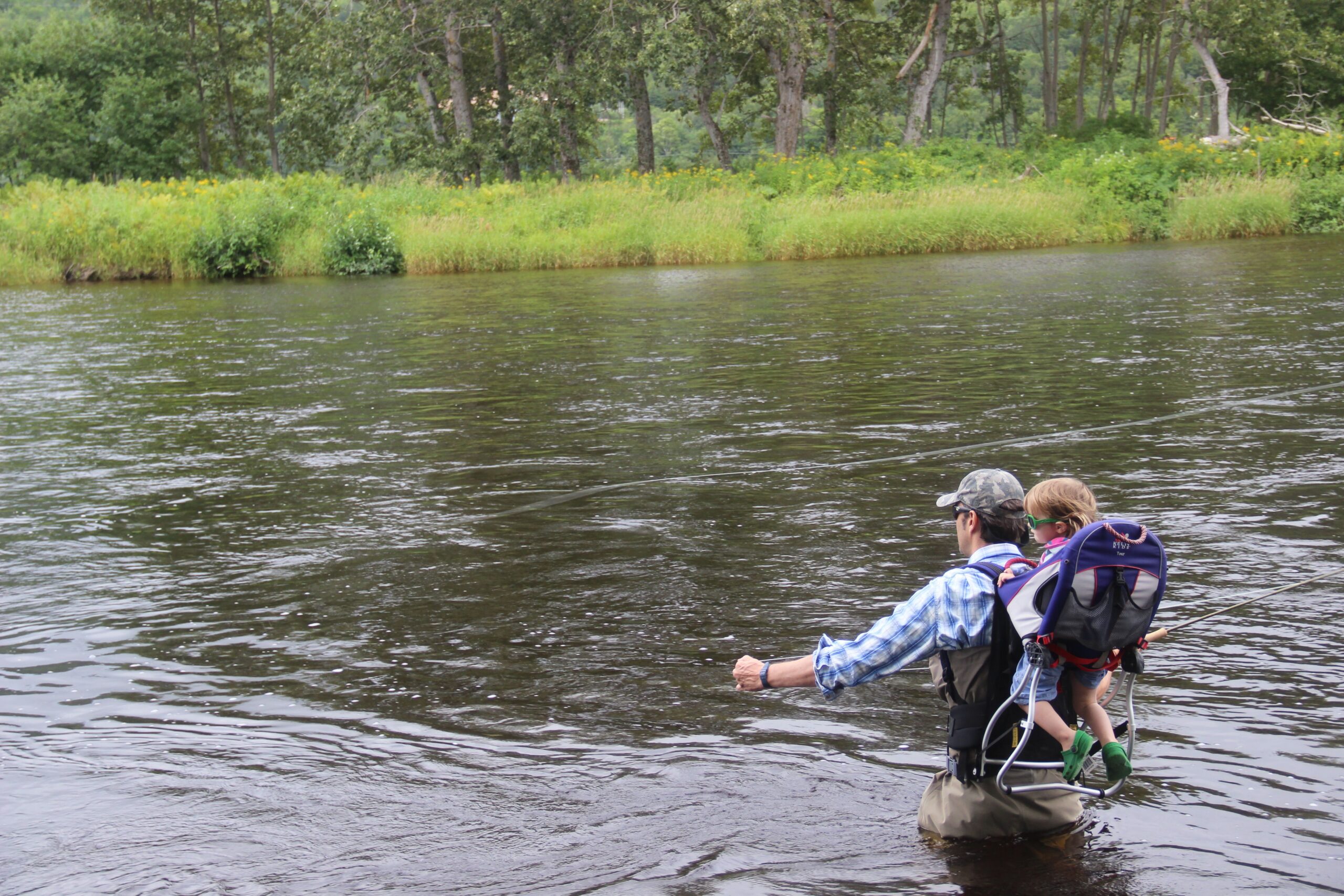
There are a few significant things to consider when you look for a fly reel: Your budget, the type of water you’ll be fishing and the species of fish you will be targeting. Unfortunately, there is no one reel that can cover everything. Trout and bass can be targeted, generally speaking, with 3-6 weight reels. For bigger saltwater fish, you’ll need a 7-12 weight reel. A big tarpon cannot be angled with a 5-weight reel. Likewise, a half-pound bream would be no fun on a 12-weight reel—it’d be like bringing a cannon to a spitball contest.
One thing that should not factor into your buying decision: Your skill level. Any fly reel you buy should be looked at like an investment. A good one will last you decades. A great one will last a lifetime—or more.
Final Thoughts
Right now, consumers are in the golden age of fly reels with a ton of great options on the market. Hopefully, this list will help you match your fishing to a reel. Remember: It’s always a good idea to visit a store and get a look at a reel and even attach it to a rod to see how it feels in your hand.
Read Next: Best Fly Rod: Catch Any Fish on a Fly

